The greed and glory of the American gold rush
The California Gold Rush was a pivotal event in American history that drew thousands in search of fortune. It all began in 1848, when whispers of gold in the Sierra Nevada foothills turned into full-blown fever. The allure of gold has always fascinated people, and this frenzy was no different. The prospect of striking it rich was irresistible, leading to one of the largest mass migrations in U.S. history. The dream of wealth lured people from all walks of life, sparking a transformative period in the young nation.
A Glint in the Pan: The Accidental Discovery
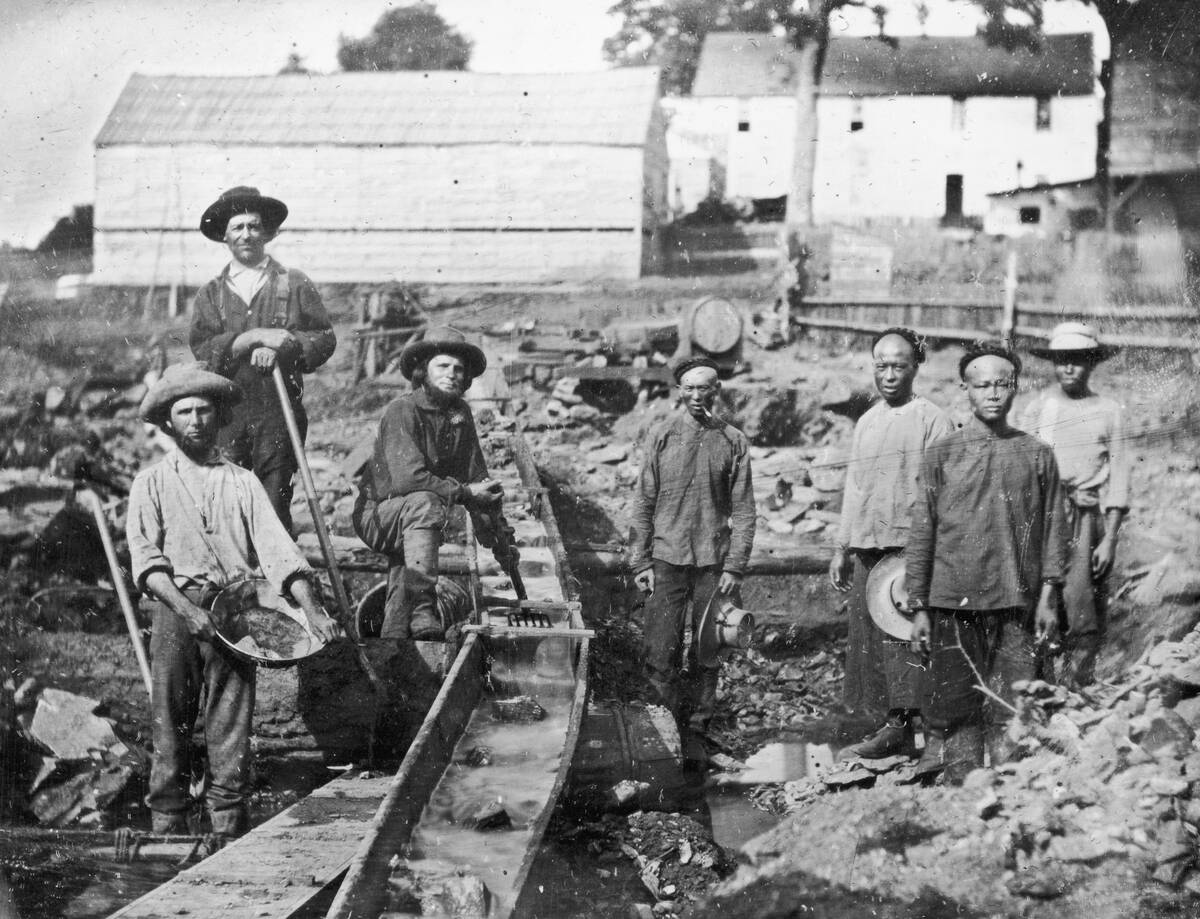
The accidental discovery that set off the Gold Rush happened at Sutter’s Mill, where James W. Marshall found gold flakes while constructing a sawmill. This unintentional find was like uncovering a treasure chest, sparking dreams of wealth across the globe. Marshall’s discovery was initially met with skepticism, but once verified, it ignited a frenzy of fortune seekers. The simplicity of the find—just a glint in a pan—made it all the more accessible and enticing for those daring enough to make the journey.
The 1848 Spark: Sutter’s Mill and the California Dream
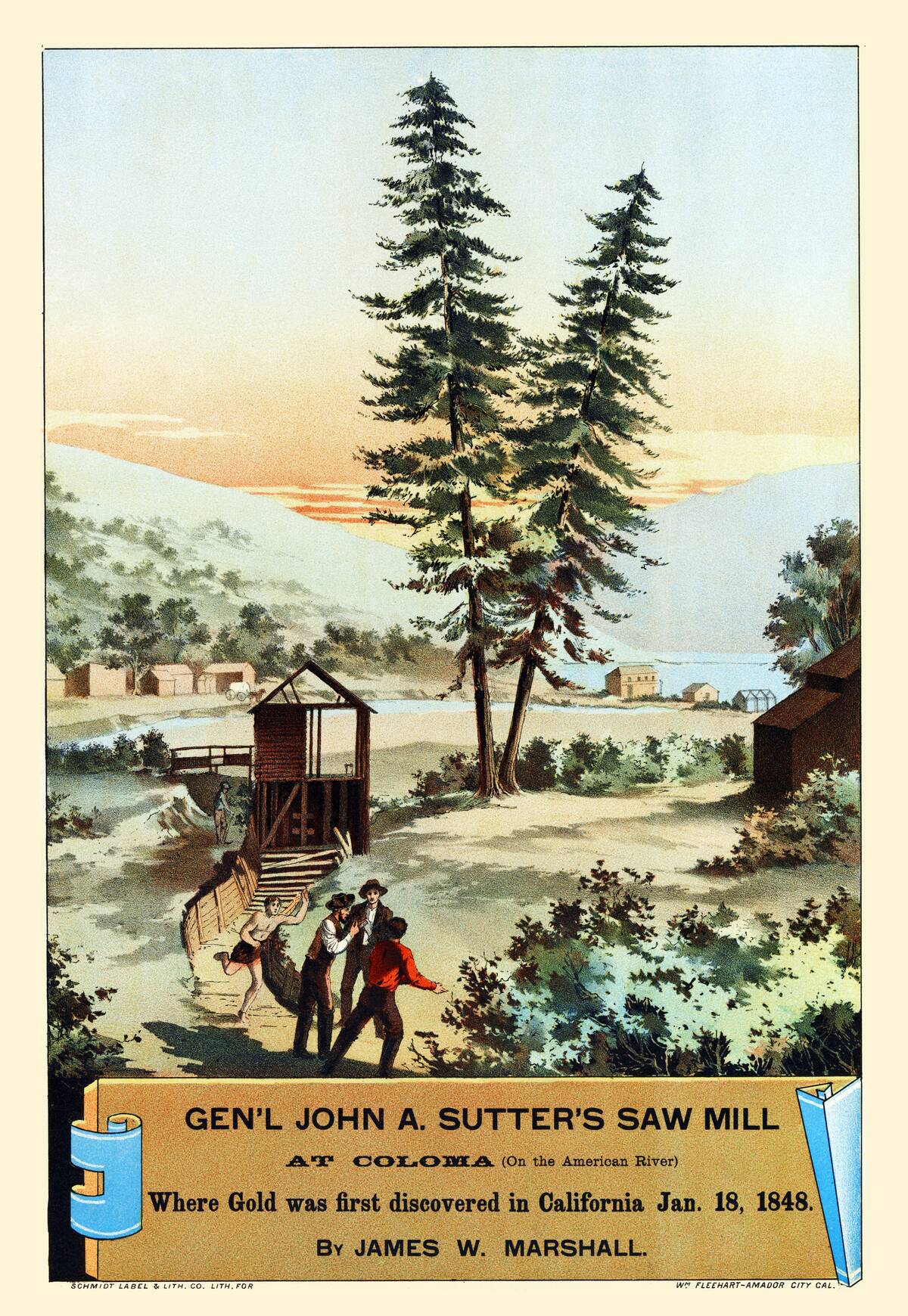
Sutter’s Mill near Coloma, California, became the epicenter of the Gold Rush after Marshall’s discovery. The mill, owned by John Sutter, was initially meant to support an agricultural empire. Instead, it kicked off a gold fever that would define an era. As news spread, the California Dream was born—a vision of easy riches and new beginnings. This dream drew people from across the United States and beyond, eager to stake their claim in the burgeoning goldfields.
News Travels Fast: The Role of Media in the Gold Rush
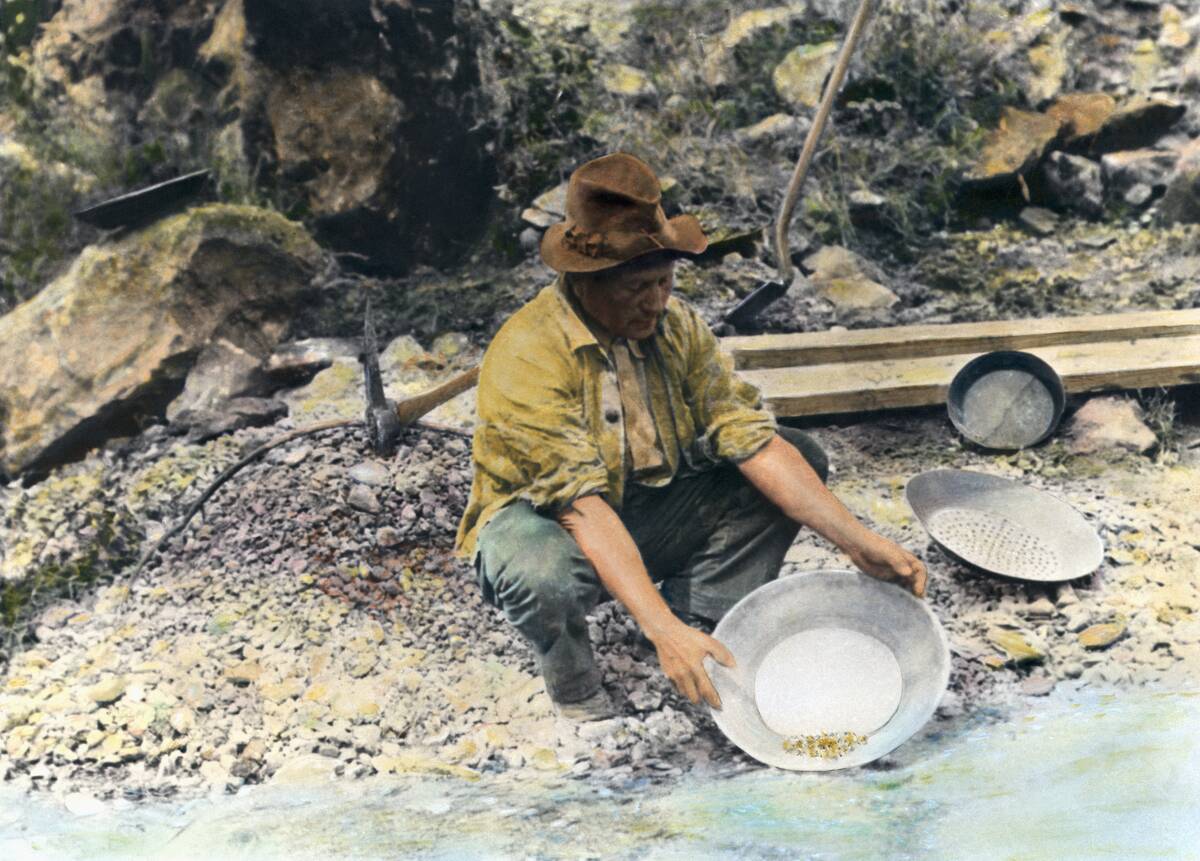
The rapid spread of Gold Rush news was driven largely by newspapers and word of mouth. Publications like the New York Herald played a crucial role in spreading the word, often embellishing the promise of wealth. This media frenzy fueled the migration, as stories of fortunes made overnight captivated the public. The power of the press in this era was undeniable, as it turned isolated discoveries into a global phenomenon, encouraging even the most skeptical to take their chances.
Journey to the West: The Great Migration Begins
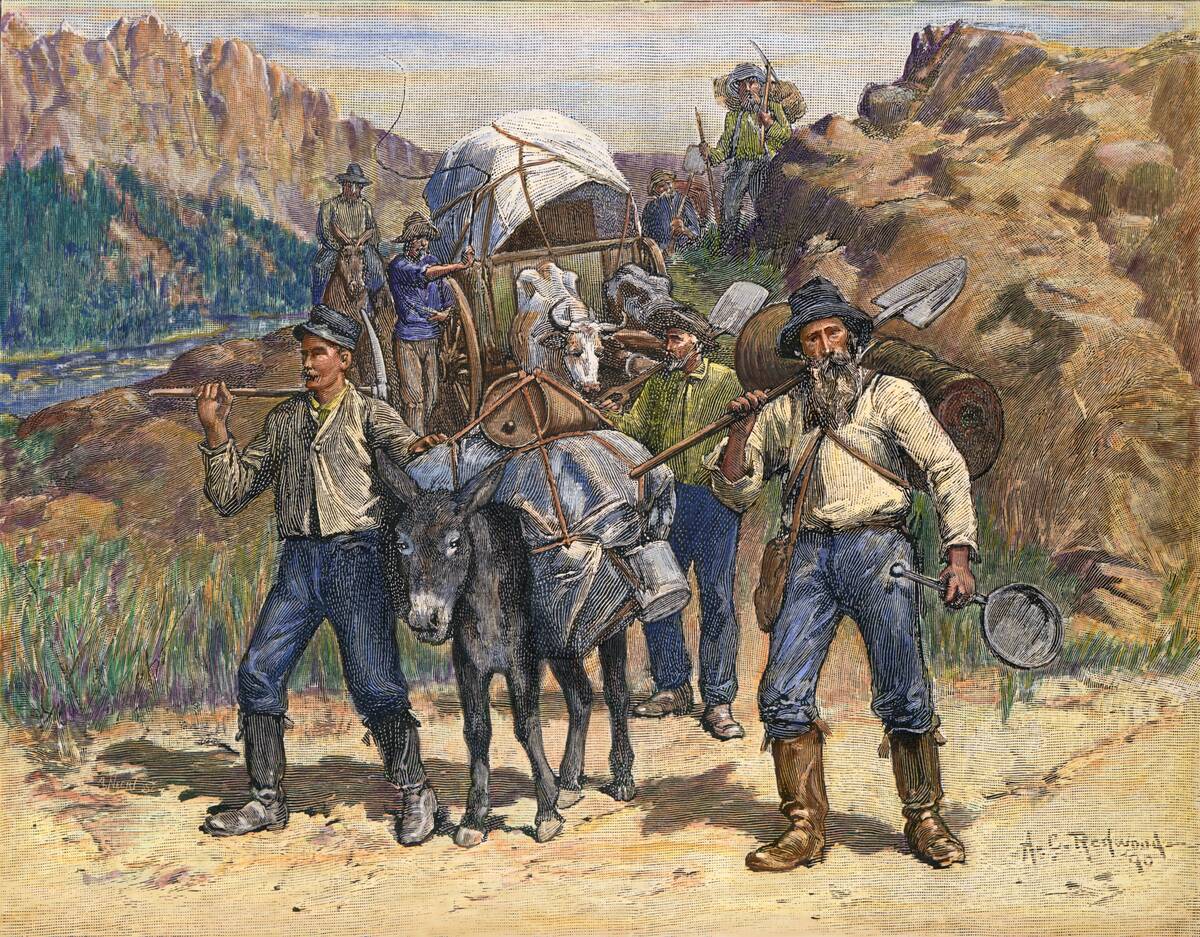
The Gold Rush sparked one of the largest migrations in American history, with people traveling overland or by sea to reach California. The journey was arduous, often taking months, as pioneers braved harsh conditions and unknown territories. For many, the trip to the west coast was a leap of faith, driven by the hope of finding gold. The influx of newcomers transformed California, turning it into a melting pot of cultures and backgrounds, each person united by the promise of fortune.
The Forty-Niners: Who Were They Really?
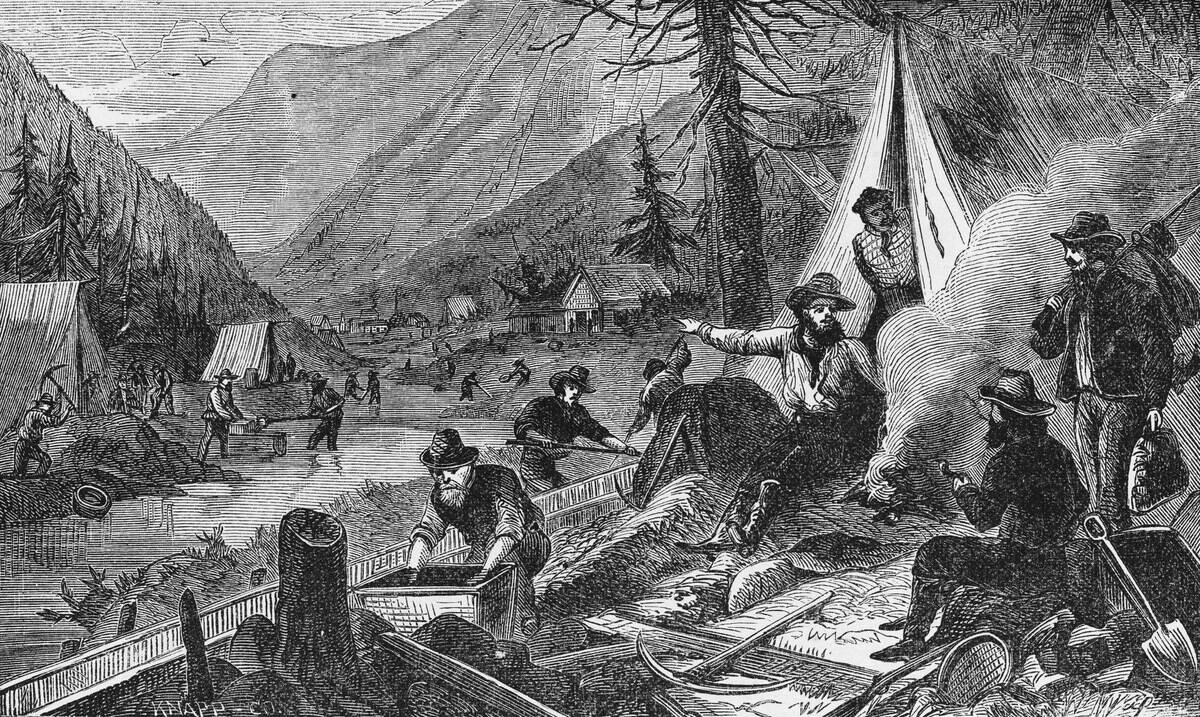
The ‘Forty-Niners’ were the diverse group of individuals who flocked to California in 1849, each with their own story and motivations. They came from all over the world, including places like China, Latin America, and Europe. Some were seasoned miners, while others had never held a pickaxe. Despite their differences, they shared a common goal: striking it rich. This eclectic mix of people contributed to the cultural tapestry of California, leaving a lasting legacy on the state and the nation.
Tools of the Trade: Pans, Picks, and Shovels
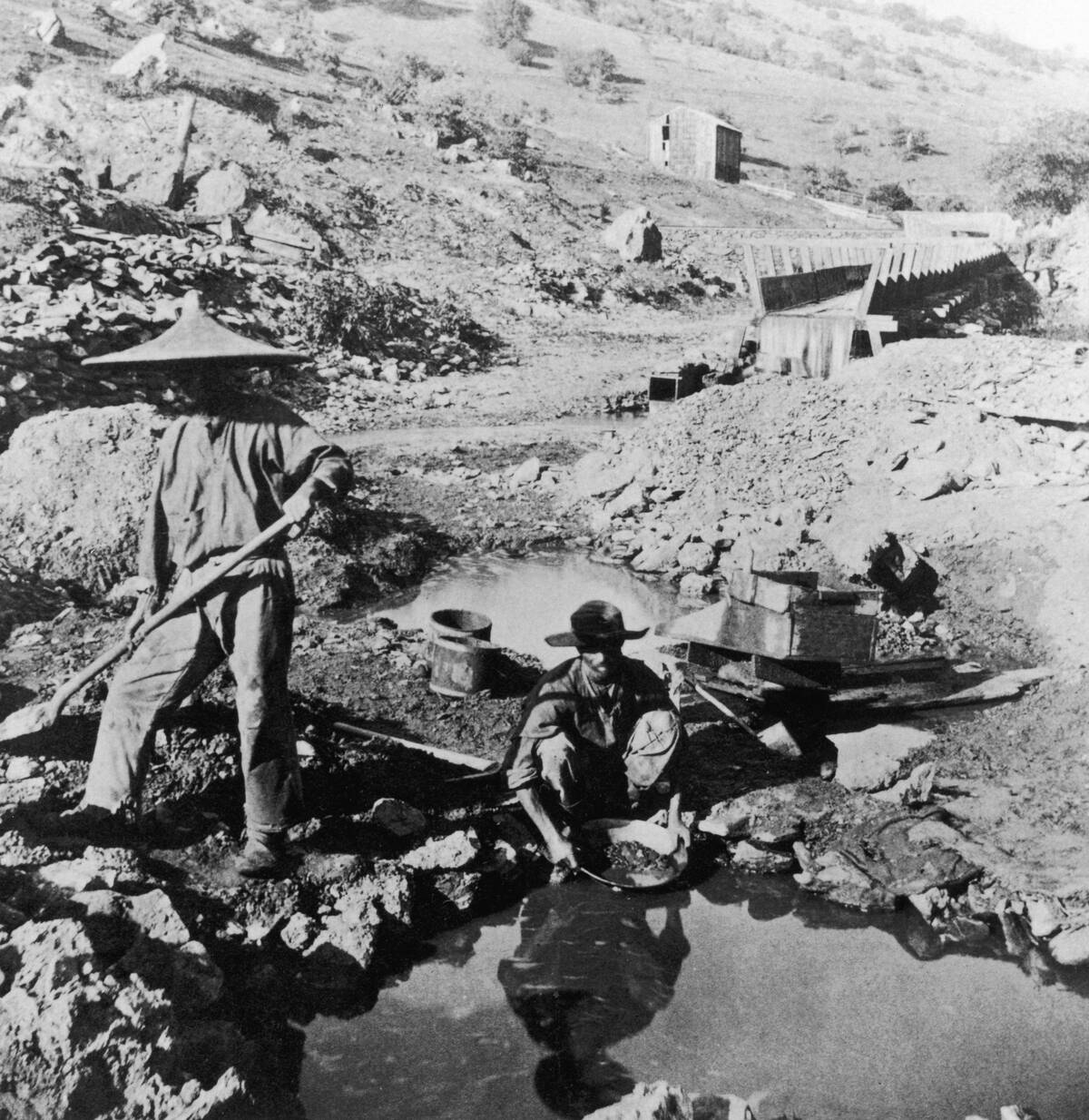
Prospectors during the Gold Rush relied on simple yet essential tools like pans, picks, and shovels. Gold panning was the most accessible method, requiring only a pan to separate gold from river sediment. More advanced techniques involved using picks and shovels to dig deeper into the earth. These rudimentary tools were the backbone of mining efforts, enabling even the most inexperienced prospectors to try their luck. Despite their simplicity, these tools were instrumental in unearthing California’s hidden treasures.
Life in the Camps: From Boomtowns to Ghost Towns
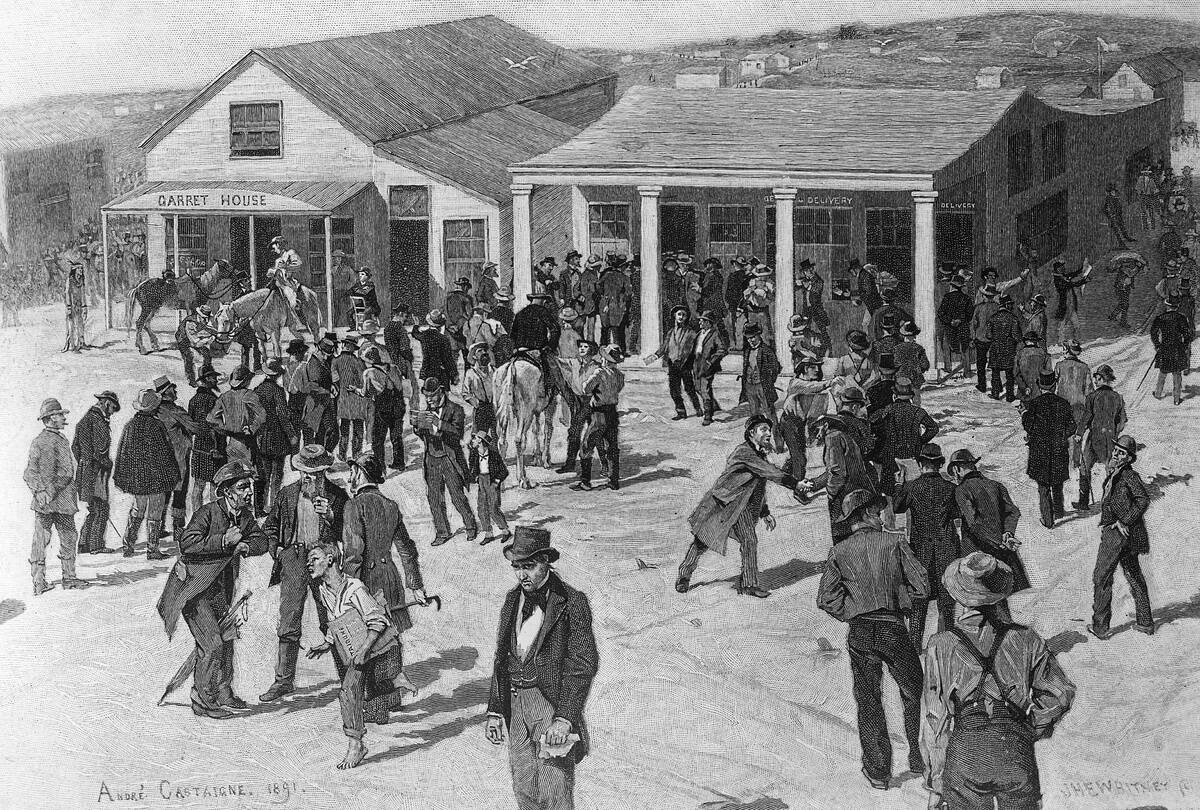
Life in mining camps was often chaotic and transient, with settlements springing up overnight. Boomtowns like San Francisco and Sacramento thrived as centers of commerce and social life. However, many of these towns were short-lived, becoming ghost towns once the gold ran out. The camps were a microcosm of the Gold Rush era, bustling with energy and opportunity but also marked by hardship and fleeting success. Despite their impermanence, these communities played a crucial role in shaping California’s development.
The Impact on Native Americans: Displacement and Conflict
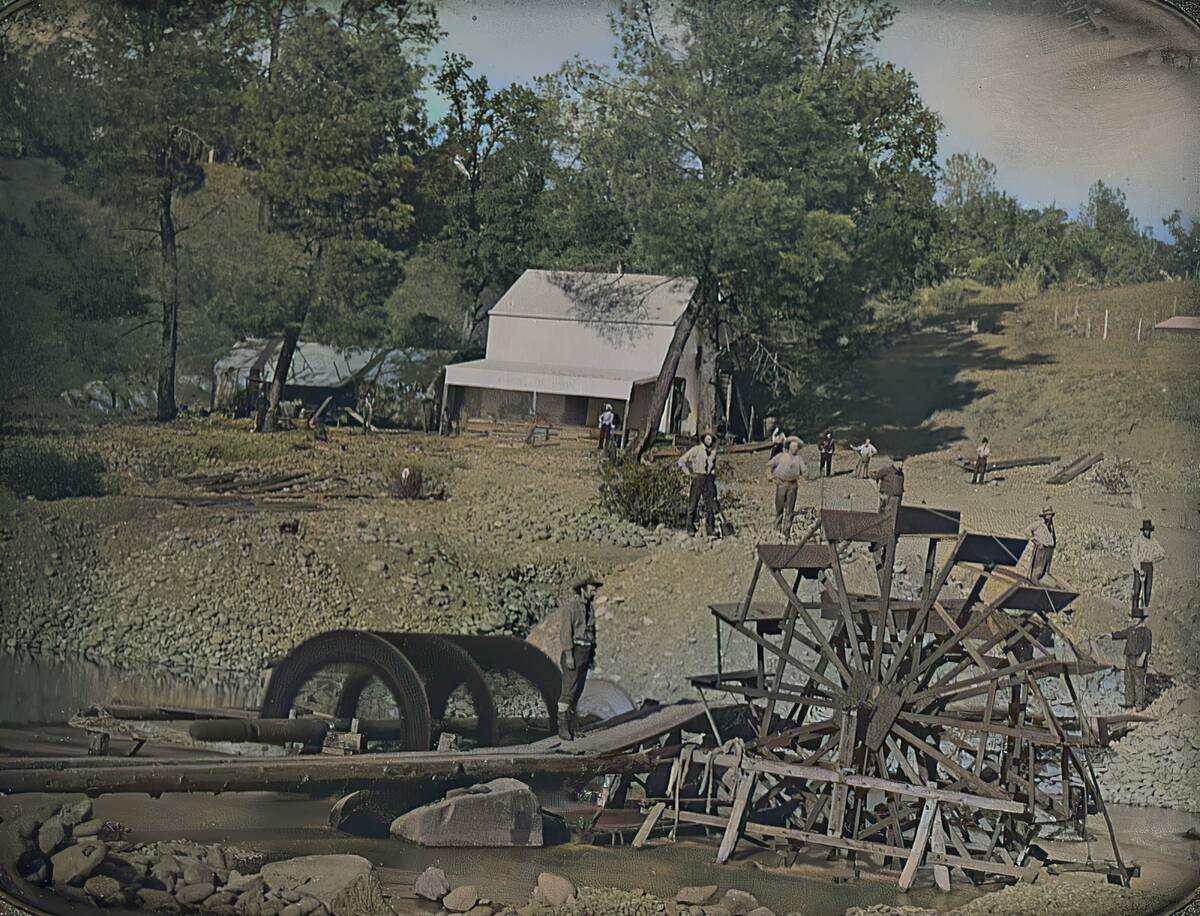
The Gold Rush had severe consequences for Native American populations in California. As prospectors encroached on indigenous lands, displacement and conflict were inevitable. The influx of settlers disrupted traditional ways of life, leading to significant cultural and environmental changes. Tensions often escalated into violent confrontations, with devastating effects on Native communities. The Gold Rush era marked a dark chapter in the history of Native American relations, highlighting the destructive impact of unchecked expansion and greed.
Entrepreneurs Strike it Rich: Businesses Born from the Rush
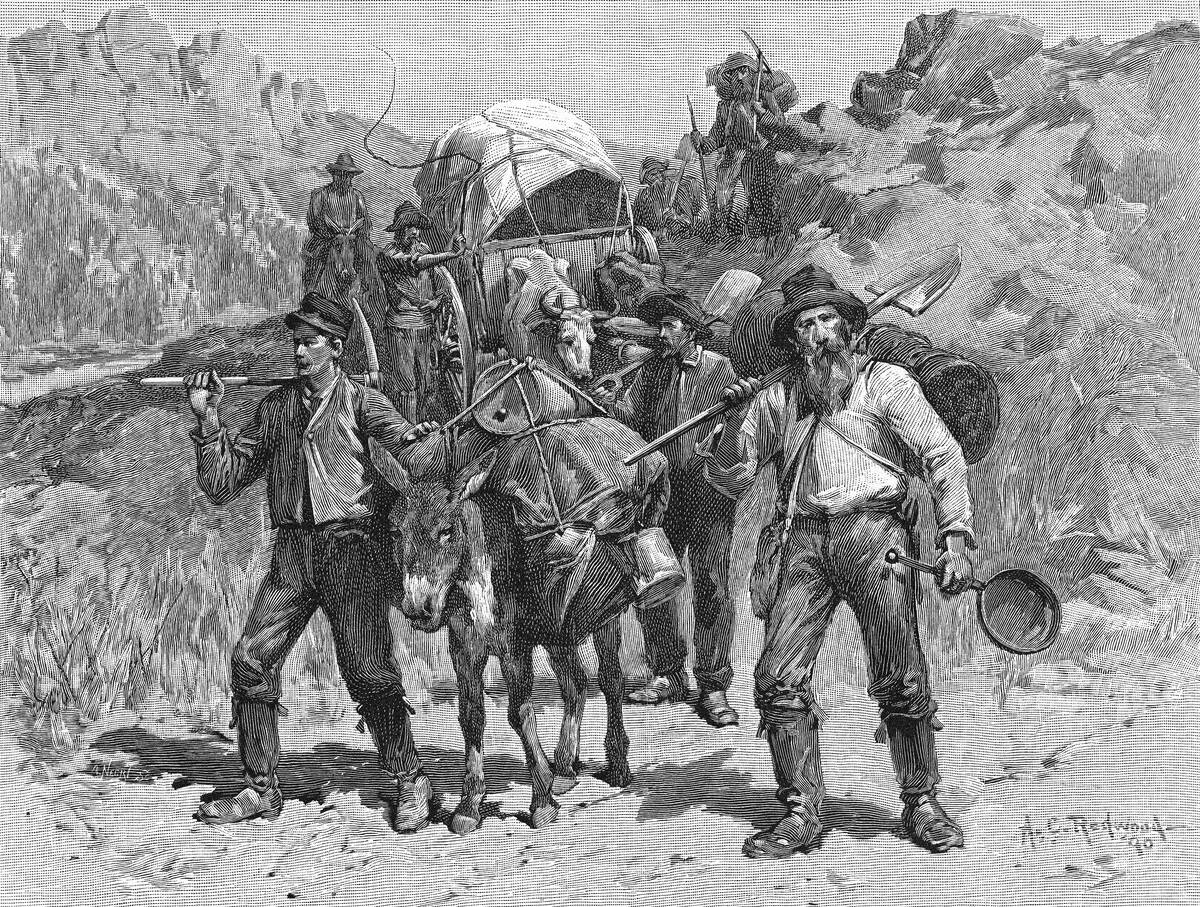
While many miners sought gold, savvy entrepreneurs saw opportunity in supporting the mining industry. Figures like Levi Strauss capitalized on the needs of prospectors, creating businesses that thrived during the Gold Rush. Strauss’s denim jeans became a staple for miners, while Stanford’s involvement in the railroad industry laid the foundation for future success. These entrepreneurs demonstrated that fortune could be found beyond the goldfields, by catering to the miners’ needs and contributing to California’s economic growth.
Women in the Goldfields: Stories of Adventure and Enterprise
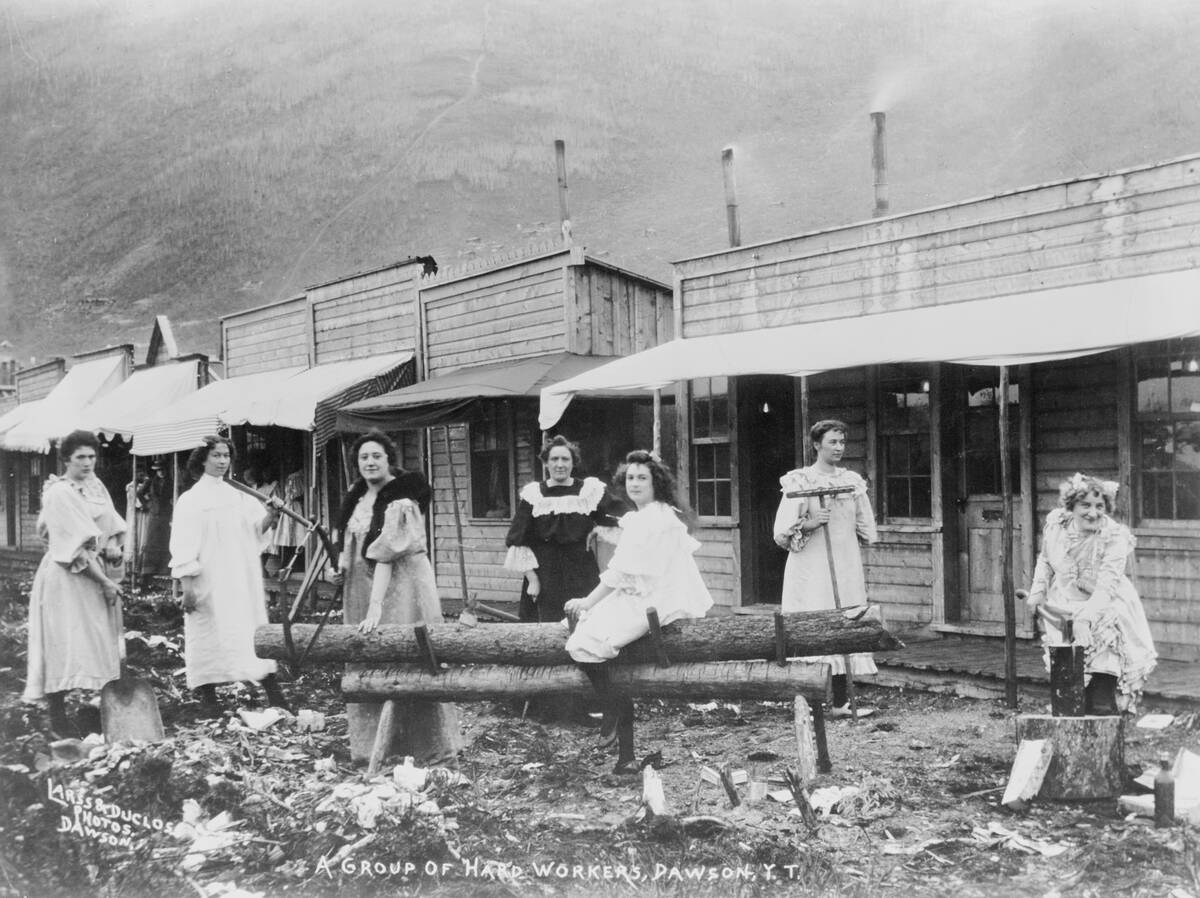
Women played a crucial yet often overlooked role in the Gold Rush, contributing to the development of mining communities. Some women joined the rush in search of adventure, while others saw economic opportunities. They ran boarding houses, laundries, and eateries, providing essential services to miners. Figures like Luzena Stanley Wilson and Mary Ellen Pleasant became successful entrepreneurs, proving that women could thrive in this male-dominated environment. Their stories highlight the diverse contributions women made to the Gold Rush era.
The Environmental Impact: Scars on the Land
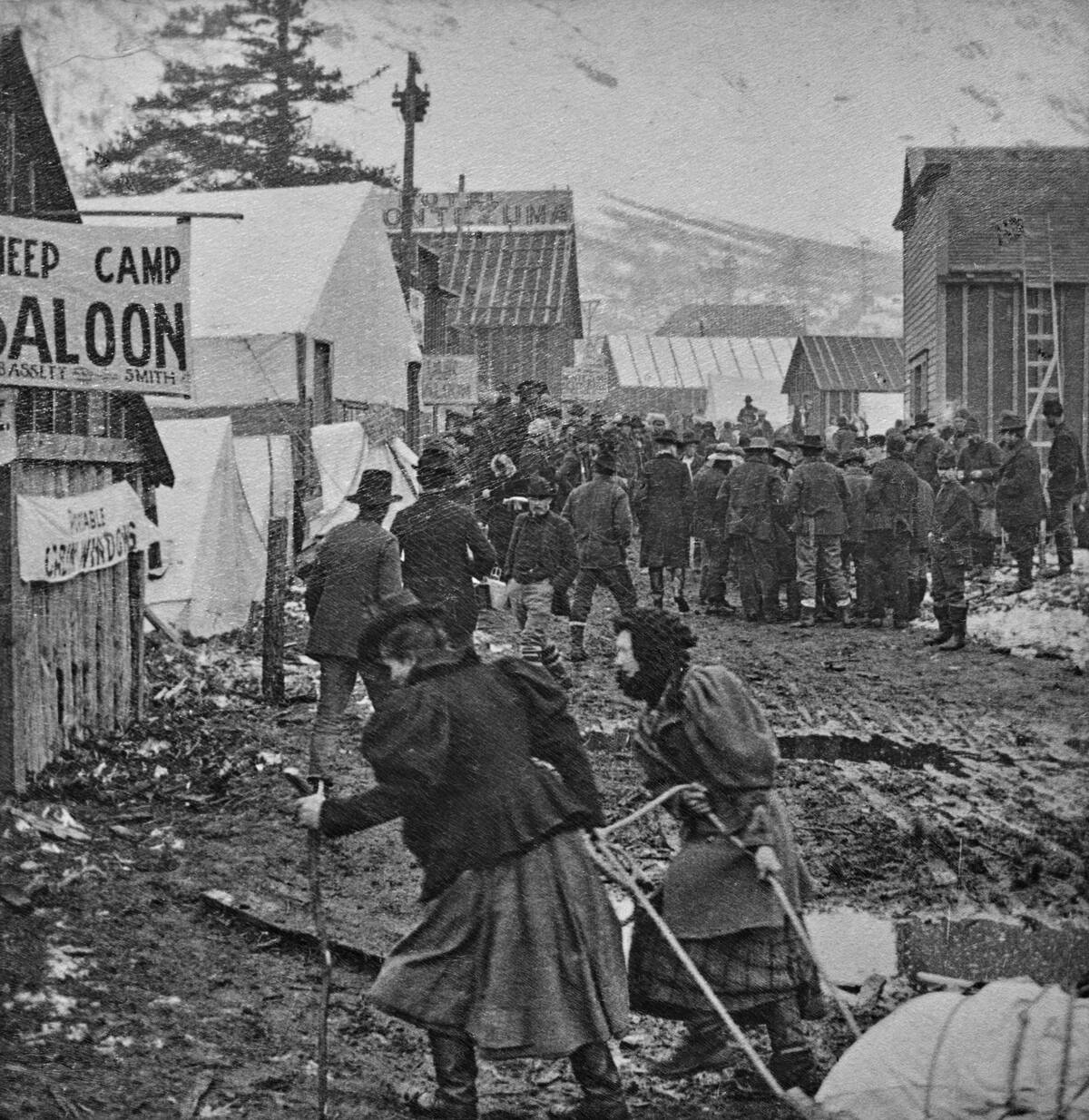
The Gold Rush left lasting environmental scars on California’s landscape. Hydraulic mining, a popular method at the time, resulted in widespread erosion and habitat destruction. Rivers were choked with sediment, affecting water quality and aquatic life. The environmental impact was profound, altering ecosystems and leaving visible damage that persists to this day. The Gold Rush serves as an early example of the environmental costs of resource extraction, prompting reflection on the balance between economic pursuits and ecological preservation.
Law and Disorder: The Wild West’s Legal Landscape
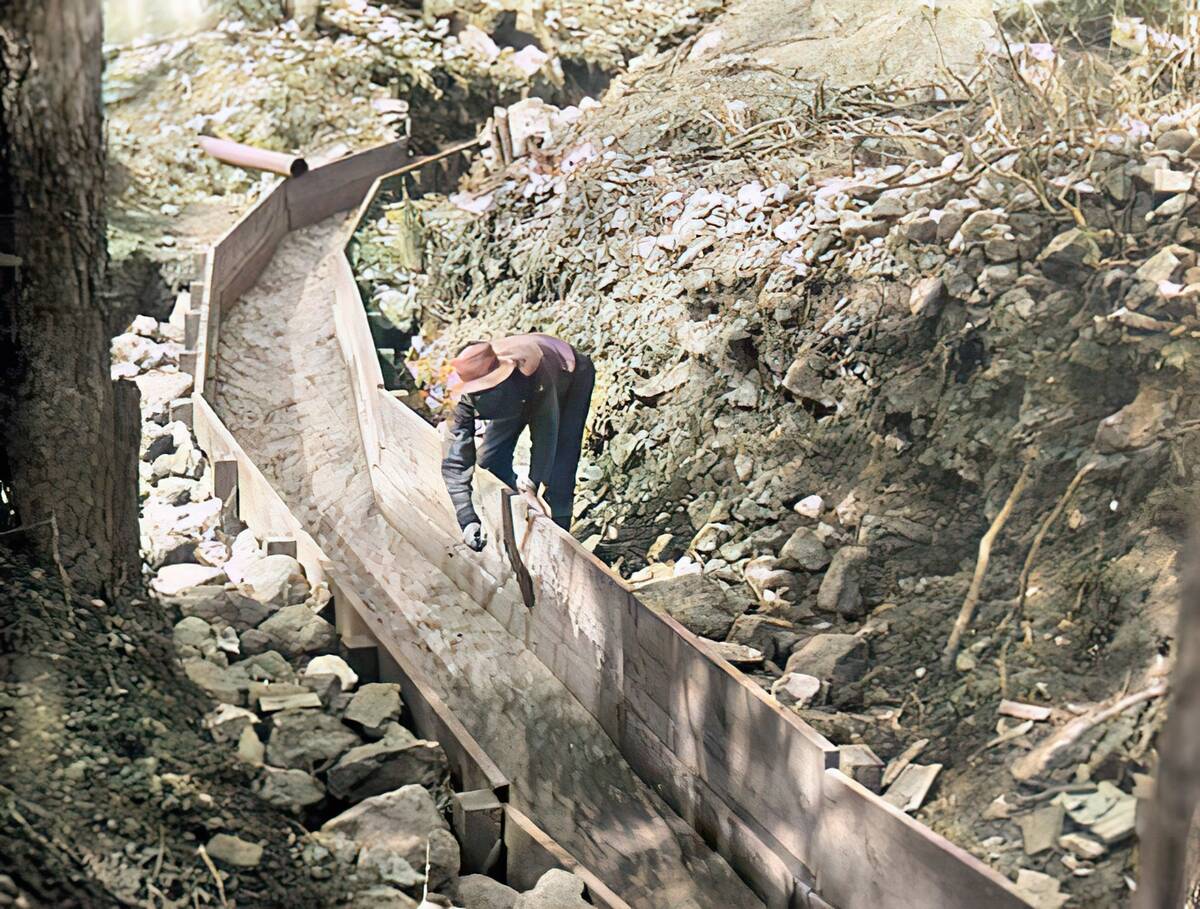
The chaotic nature of the Gold Rush created a unique legal landscape, where law and order were often in short supply. Mining camps operated with their own rules, and disputes were sometimes settled through vigilante justice. As California’s population grew, the need for formal legal systems became apparent, leading to the establishment of courts and law enforcement. The Wild West’s reputation for lawlessness was partly born out of this era, where the rush for gold often overshadowed legal niceties.
Gold Fever: Tall Tales and Legends from the Era
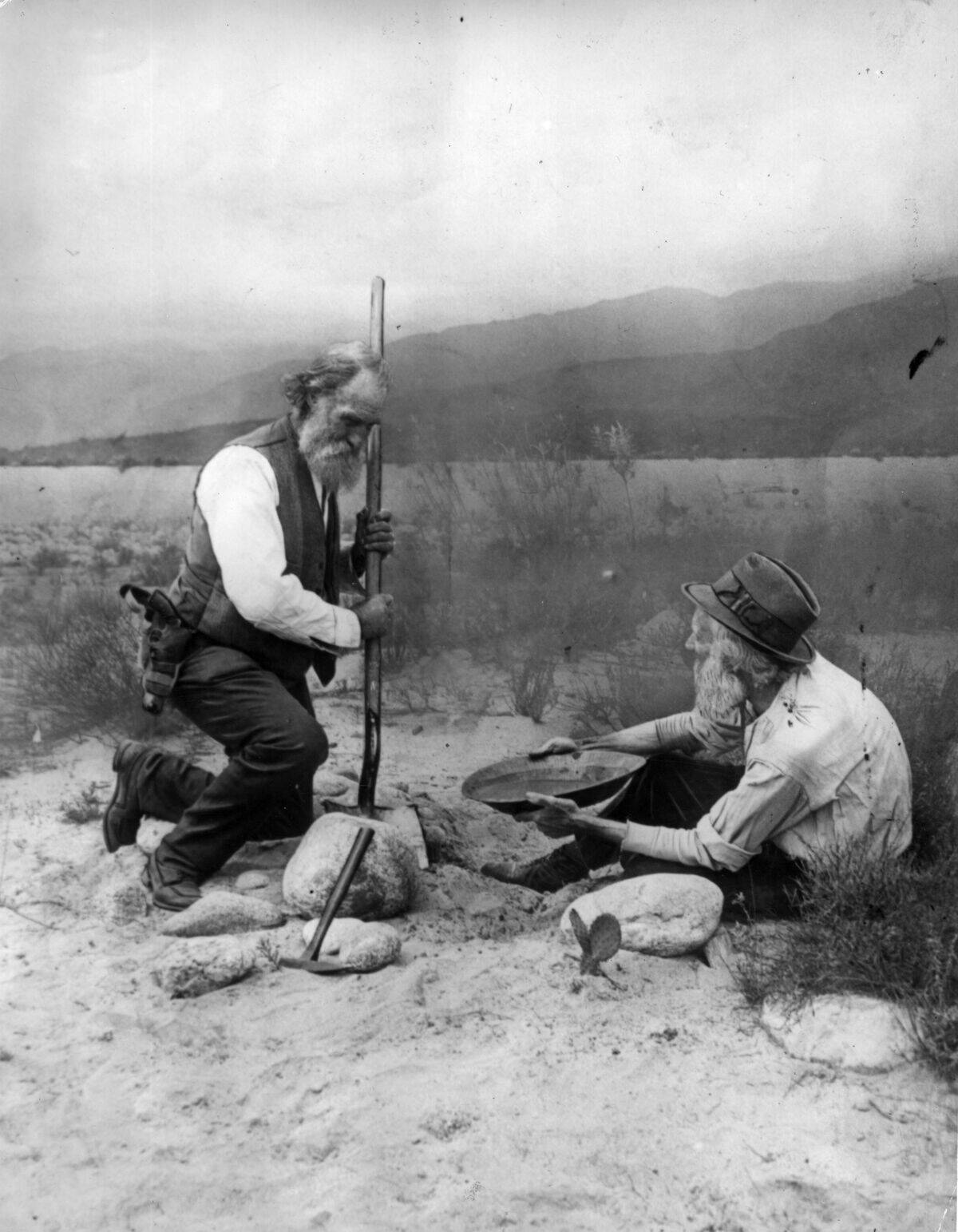
The Gold Rush era was ripe with tall tales and legends, stories that captured the imagination of those who heard them. From tales of lost mines to accounts of unbelievable riches, these stories added to the mystique of the goldfields. One famous legend is that of the Lost Dutchman’s Mine, supposedly filled with vast treasures waiting to be discovered. These stories, whether fact or fiction, fueled the gold fever that gripped the nation, inspiring generations to dream of untold wealth.
The End of an Era: What Happened When the Rush Was Over?
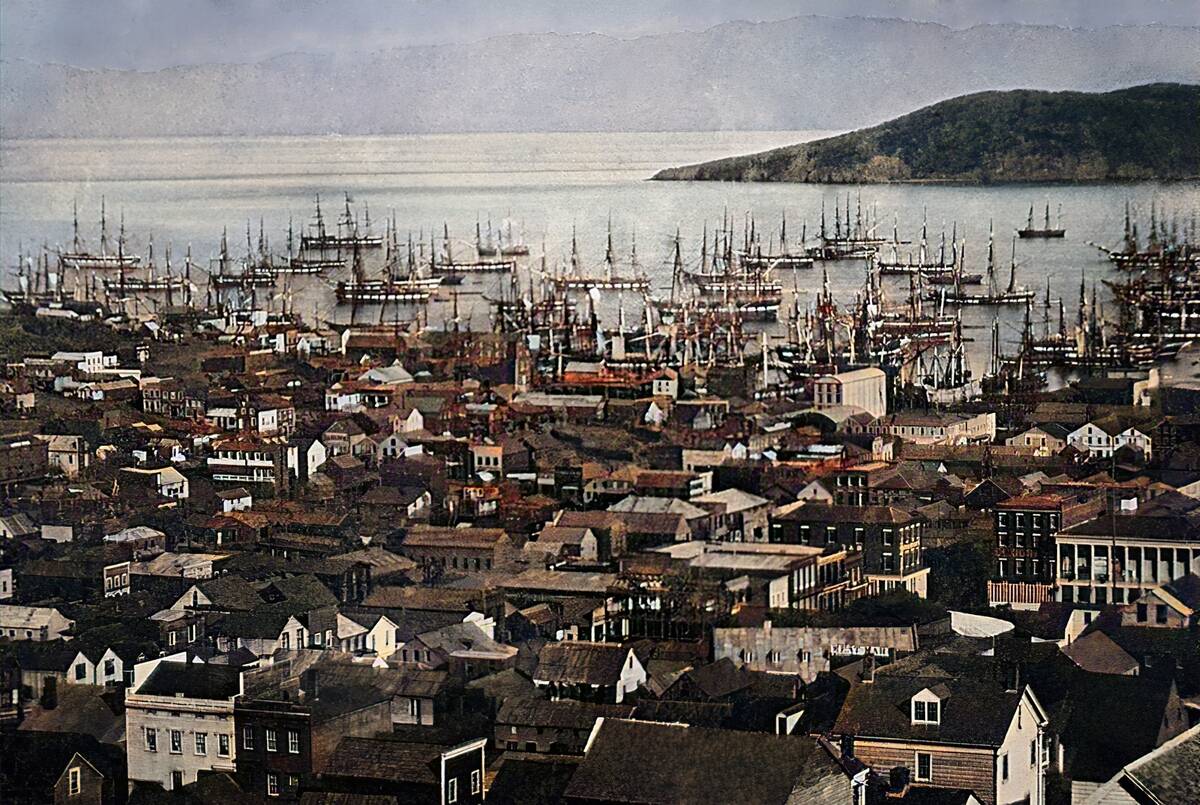
As the Gold Rush faded, California underwent significant changes, transitioning from a mining hub to a more diversified economy. The end of easy-to-find gold led to a decline in mining activity, but the state’s population and infrastructure continued to grow. Many former prospectors settled in California, contributing to its development in agriculture, industry, and commerce. The Gold Rush era may have ended, but its impact on California’s identity and growth was indelible, setting the stage for the state’s future prosperity.



